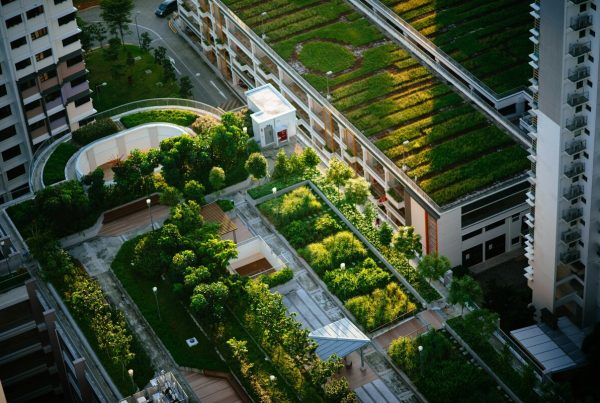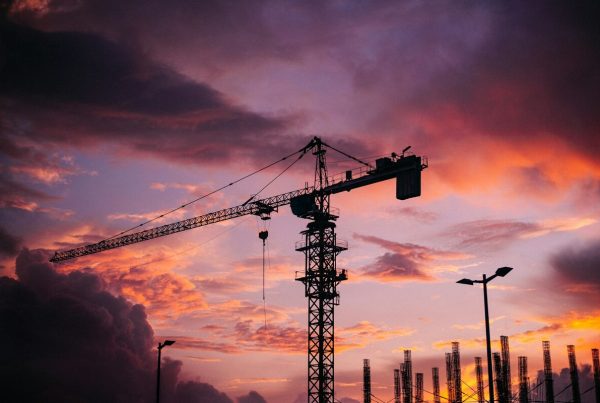Retrofitting is probably the single nicest tribute we can pay to old buildings. We update our computer, our phones and apps, even our wardrobe, so why not our buildings too? In a world where buildings still use as much as 40{e3829ec1db02d54faaf9fa2de0d48db26af01d7a7944a63c3b26976124791cab} of the world’s energy, old buildings definitely bear the brunt of blame.

The iconic Empire State Building enjoys as much as 38{e3829ec1db02d54faaf9fa2de0d48db26af01d7a7944a63c3b26976124791cab} energy savings from its retrofit.
In this respect, green building should be a united goal of new and old buildings alike. Old buildings still outnumber new energy-efficient ones. If these old buildings don’t keep abreast of sustainability tech of new structures, the situation puts a damper on all the green efforts of the latter.
The Empire State Building Retrofit Example
The Empire State Building’s nifty makeover in 2009 is one of our favorite retrofitting stories. The iconic building was renovated to the tune of $120 million, with four teams collaborating on the project. From insulated windows to LED lighting to energy-efficient elevators to automation technology and web-based tenant energy management system—everything was taken care of. Expected energy savings is a hefty 38{e3829ec1db02d54faaf9fa2de0d48db26af01d7a7944a63c3b26976124791cab} annually (or $4.4 million) over a 3-year payback period.
In 2011, the Empire State Building became the tallest LEED certified building in the US.
What makes the Empire State Building’s retrofit a remarkable one is the fact that its retrofit model helped inspire other buildings in the US and in other countries to go the green route. The Clinton Foundation, which helped finance the Empire State Building retrofit, claims that if all the buildings in New York upgraded, carbon emissions would be reduced by 4 million tons.
Incidentally, 2011 was the year LEED E-BOM certifications surpassed New Construction. Whether it’s for buildings or homes, retrofitting’s many benefits would snowball across the US.
Build New or Simply Retrofit
This upgrading spree is indeed a good trend to have. In many ways, retrofitting can be the better option.
All over the world, existing buildings represent a huge untapped potential for green building. Gone is the thinking that you have to build from the ground up if you want to build green. Retrofitting when done properly can also steer things in the green direction. Imagine all the savings in energy and water, as well as reduced toxicity and carbon footprint if all these existing buildings chimed in.
It’s no news that new construction heavily taxes our environment. Old buildings have to be torn down to make way for new, and supposedly, green ones. It’s a wasteful process however. A 2012 report cites that a new energy-efficient building would have to operate anywhere from 10 to 80 years to recoup the carbon footprint of its construction.
And, just like the analogy of trees releasing all its absorbed CO2 when it dies, embodied energy of all construction materials are lost too when buildings are torn down. China, for one, has a fondness for tearing down buildings sometimes as young as 30 years old, in an effort to pump up GDP growth.
Upgraded buildings on the other hand aren’t as wasteful. As the Empire State Building has shown, retrofits can have faster and more significant payback. They can also be a safer option especially during economic crunches. Compared to the large-scale of a new construction, retrofits simply enhance and improve on the major structural elements that are already in place.
In some cases though, the very nature of those structures can also be a barrier to retrofitting, but therein lies the challenge. In response to this all sorts of green technology are becoming more readily adaptable for existing buildings.
Thankfully, China has fine examples of building retrofits as well, most notably the Chemsunny World Trade Center in Beijing. The Chinese government has also initiated retrofits homes and non-residential buildings as part of its Five-Year Plan. If successful, the Chemsunny project just might embolden other owners to invest their money on a green upgrade of their own.
Barriers and Ways
It used to be that multinational corporations were the only ones who sought green retrofits. But increasingly there are new players in the picture. These companies aren’t just concerned with corporate sustainability reports to file; they truly want to include green in their agenda.
Still, it’s the promise of immediate payback that makes retrofitting appealing to building owners. Which makes one think that if there were no financial savings to be had, and if retrofitting’s benefits were purely environmental, would owners still do it? In a word, No. Money is admittedly still a big issue. A 2012 Rockefeller study cites that “Debt constraints” and “First cost hurdles” are major barriers to going for green retrofits. Monetarily tied to those reasons are “Unclear benefits”, which also don’t help convince the owner as to the significance of greening up.
One other classic barrier according to the study is the “Split Incentive” between the landlord and tenants. When the owner bears all the costs of the upgrade while tenants enjoy the benefits of reduced operating expenses, there’s an imbalance of benefits, preventing the former from doing the energy retrofit. Both parties should thus collaborate.
* * *
Barriers aside, green retrofits are steadily changing the way we live and work in our built world. Building new may have its advantages, but preserving and improving the ones we already have makes more sense. If it’s a historical or iconic building, all the more we should keep it.
After all, how can we have fond memories of our cities if the cityscape constantly changes right before our eyes, just because of rampant mindless demolitions?











